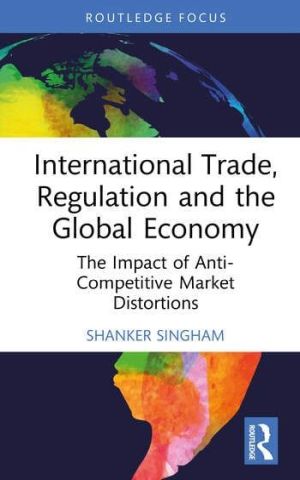
The barriers between the voluntary exchange of willing buyers and willing sellers have progressively been reduced through trade liberalisation, competition and better property rights protection. However, the world has done significantly less well in reducing barriers involving competition and property rights. This book analyses how the economic prosperity which was promised has been undermined by these ‘Anti-Competitive Market Distortions’ which damage international trade as well as domestic conditions of competition, and ultimately GDP per capita.
This book first describes the nature of the Anti-Competitive Market Distortions problem and how it has impacted countries since the 1990s. It also highlights a gap in policymaking, detailing how Anti-Competitive Market Distortions have existed in an ungoverned space in both international trade and competition theory. The book also explores the various models of the impact of Anti-Competitive Market Distortions, including the original econometric model to measure the quantum of distortion - and three new variations on this – as well as an Agency Based Model. Finally, drawing on techniques from probabilistic methods and quantum mechanics, the book examines the possibility of a probabilistic model to assess the real impact of Anti-Competitive Market Distortions on GDP per capita growth around the world in a far more dynamic and real time sense than has been possible thus far.
This book will be invaluable to academics and students of trade, competition and international relations in both the legal and economic disciplines.